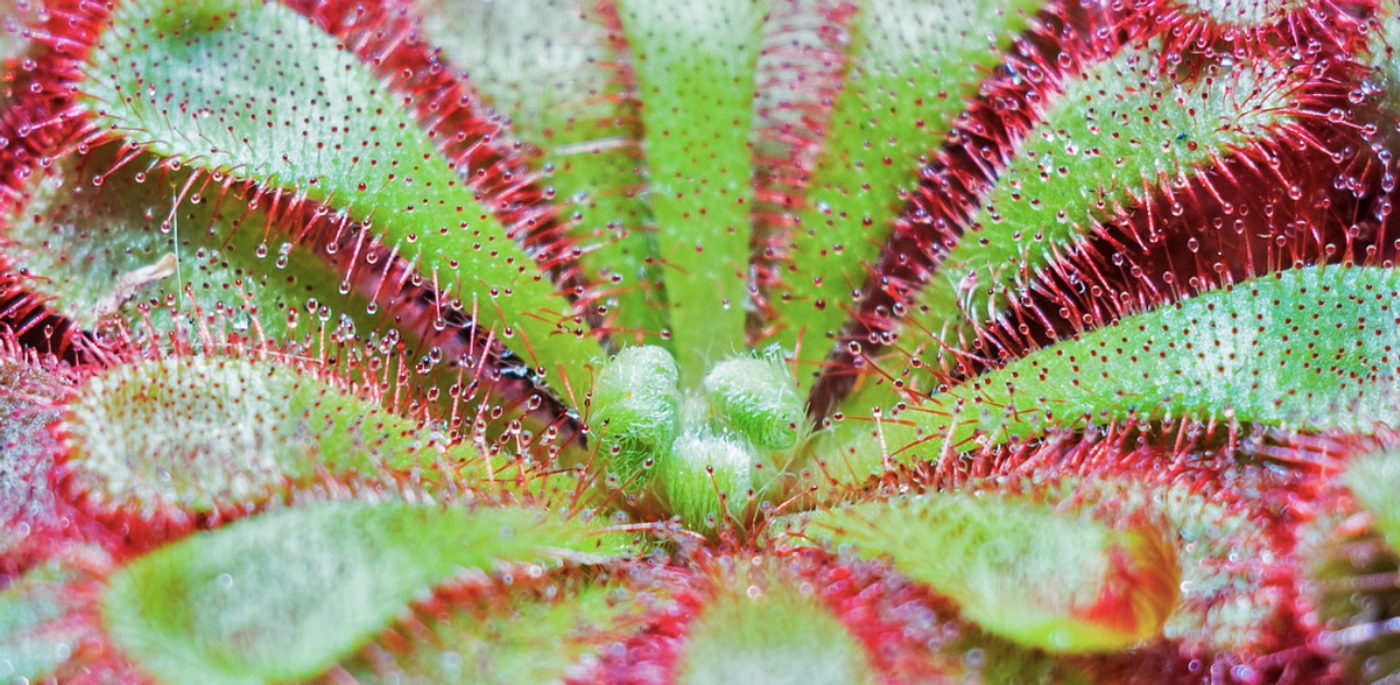Some Plants May Have Become Carnivorous as a Defense Mechanism
Carnivorous plants are amazing, and researchers have spent a long time learning about their impressive abilities. Now scientists have found evidence that these mechanisms originated as defense mechanisms. Reporting in the Proceedings of the National Academy of Sciences (PNAS), researchers have shown how calcium molecules migrate inside the cells that make up the leaves of carnivorous plants when live prey lands on them. This leads to the capture of prey as the leaves move in response to the calcium. The study also suggested that this process is related to one triggered by hormones released when plants go into defense mode.
This work, which shows how plants have learned to survive in some hostile habitats, may help us learn how to help plants of the future might adapt to a changing, and harsher, environment, noted co-senior study author and Howard Hughes Medical Institute Investigator and Professor Joanne Chory of the Salk Institute.
The spoon-leaved sundew (Drosera spatulata) has been thought to have turned to a carnivorous diet to survive when nutrients were not available. But they have been tough to grow, and thus, difficult to study.
“Carnivorous sundew plants are not model organisms,” said co-first study author Carl Procko, a staff scientist in Salk’s Plant Molecular and Cellular Biology Laboratory. “Less than a handful of labs in the world have previously been able to genetically modify them, so we’ve had to learn new techniques to closely examine them.”
Calcium signaling is important to many physiological pathways; one of them is the jasmonic acid defense pathway that can repel insect pests.
In this work, the researchers imaged calcium dynamics in sundew leaves as insects landed on them, and were caught by sticky stuff released by the plant. As calcium levels changed in sundew leaf cells, certain plant genes were activated, trapping the insects in the plant's digestive enzymes as the leaves bent. These genes are also typically part of the jasmonic acid pathway. When leaves were pressed by prey that was not alive, they did not bend as much and calcium channels were not open.
“The findings show that calcium is also involved and likely ramps up jasmonic acid responses, similar to how non-carnivorous plants respond defensively to mechanical stimulation from pests,” added Chory. “This provides further credence to the notion that carnivory in sundews may be an evolved defense pathway.”
Sources: Salk Institute, Proceedings of the National Academy of Sciences









